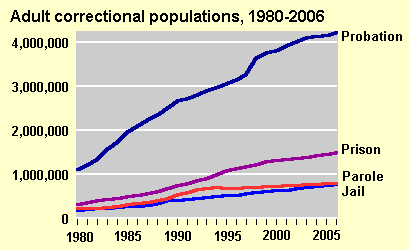Last week I wrote about the challenges of people with Medicare getting the best treatments for cancer. Today, the Kaiser Family Foundation released a report examining the challenges people who get insurance through the private system, (i.e. employer based or individually purchased), have affording their cancer treatments. And how the public insurance programs, (i.e. Medicare and Medicaid), have waiting periods or other enrollment requirements that delay or prevent patients from being covered immediately – something which is of particular concern for patients with cancer.
The Kaiser Family Foundation’s report presents an excellent mix of data analysis and individual patient examples. The report’s conclusions are that our health system has a significant number of holes (or cracks) that people can slip into causing them to suffer clinicall and/or financially. …
